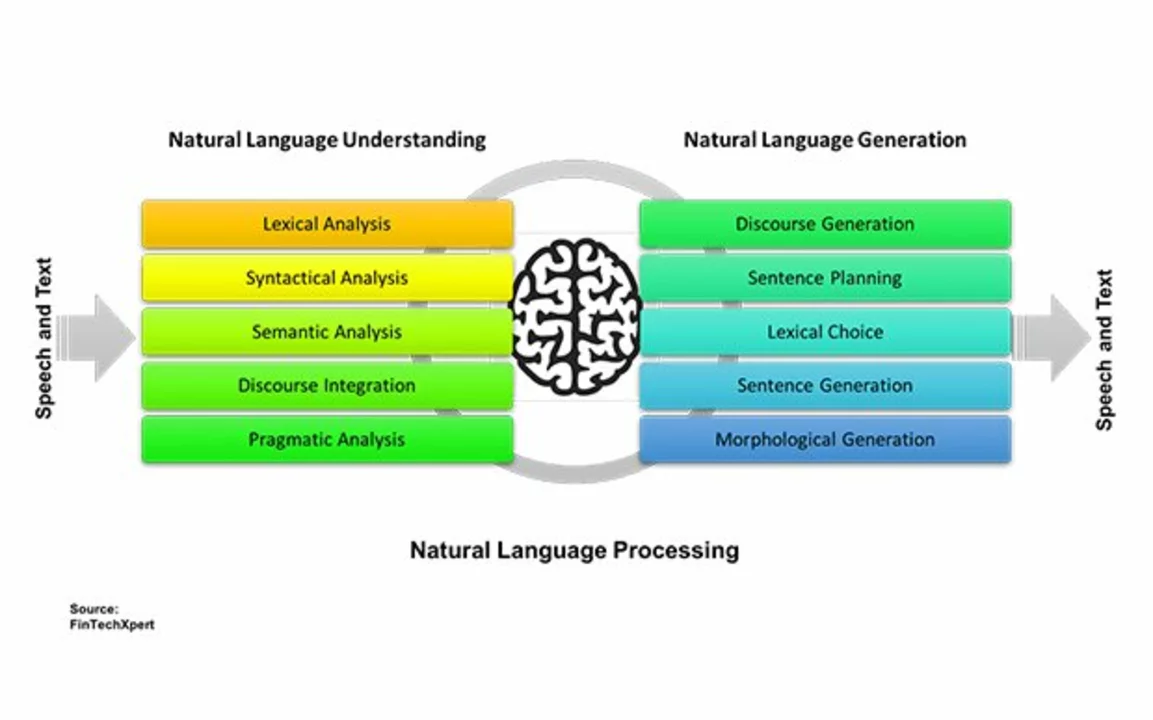Translation Software & Language Technology Explained
Ever wondered how a piece of software can turn English into French, Spanish into Hindi, or even handle tricky slang? The answer lies in a mix of AI, huge language databases, and clever algorithms that keep learning from real‑world use. In this category, we break down the tech behind the tools you rely on for travel, business, or just chatting with friends abroad.
How Translation Tools Pick the Right Words
One of the biggest puzzles for any translator—human or machine—is picking the right synonym. A word like "fast" could mean "quick," "rapid," or even "speedy" depending on the sentence. Modern translation software tackles this by looking at the surrounding words (the context) and using machine‑learning models that have seen millions of examples. Those models score each possible synonym and choose the one that fits best.
Think of it like a friend who finishes your sentences. The more you talk with that friend, the better they get at guessing what you mean. Translation engines work the same way: they improve every time a user corrects a mistake or confirms a suggestion.
Why You Should Care About the Behind‑the‑Scenes Tech
Understanding the basics helps you use these tools smarter. If you know the software relies heavily on context, you can write clearer source sentences and get cleaner translations. For example, instead of saying "He went to the bank," add a little detail: "He went to the river bank" or "He went to the money bank." The extra word guides the engine toward the right meaning.
Another tip: watch out for jargon or brand‑specific terms. Most engines treat them as unknown words and either leave them unchanged or guess badly. Adding those terms to a custom glossary tells the software exactly how to translate them, saving you time and embarrassment.
Our featured post, How does translation software deal with synonyms?, dives deep into the algorithms and datasets that power synonym selection. It shows real examples of how a phrase can change meaning with a different synonym, and how feedback loops make the system smarter over time. If you’re curious about the nuts and bolts, give that article a read.
Bottom line: translation software isn’t magic—it’s a constantly evolving system built on massive language data and learning models. By writing clearer source text, using custom glossaries, and staying aware of how synonym logic works, you can get more accurate, natural‑sounding translations. Keep exploring our articles for tips, tool reviews, and deep dives into the tech that’s reshaping how we communicate across borders.
How does translation software deal with synonyms?
As a blogger, I've been curious about how translation software handles synonyms. I've discovered that these tools use complex algorithms and machine learning to analyze context and choose the most suitable synonym during translation. They also rely on extensive databases that contain multiple language pairs and their associated synonyms. Additionally, translation software continually improves as it learns from user inputs and feedback. In summary, dealing with synonyms is an intricate process for translation software, but they have been designed to handle this challenge effectively.
